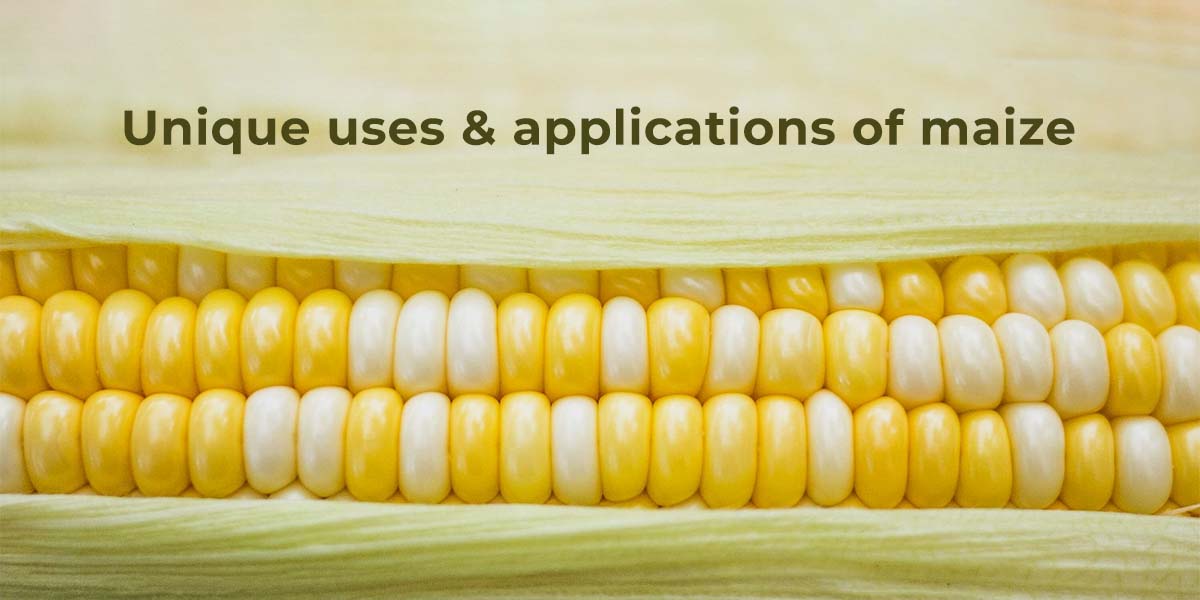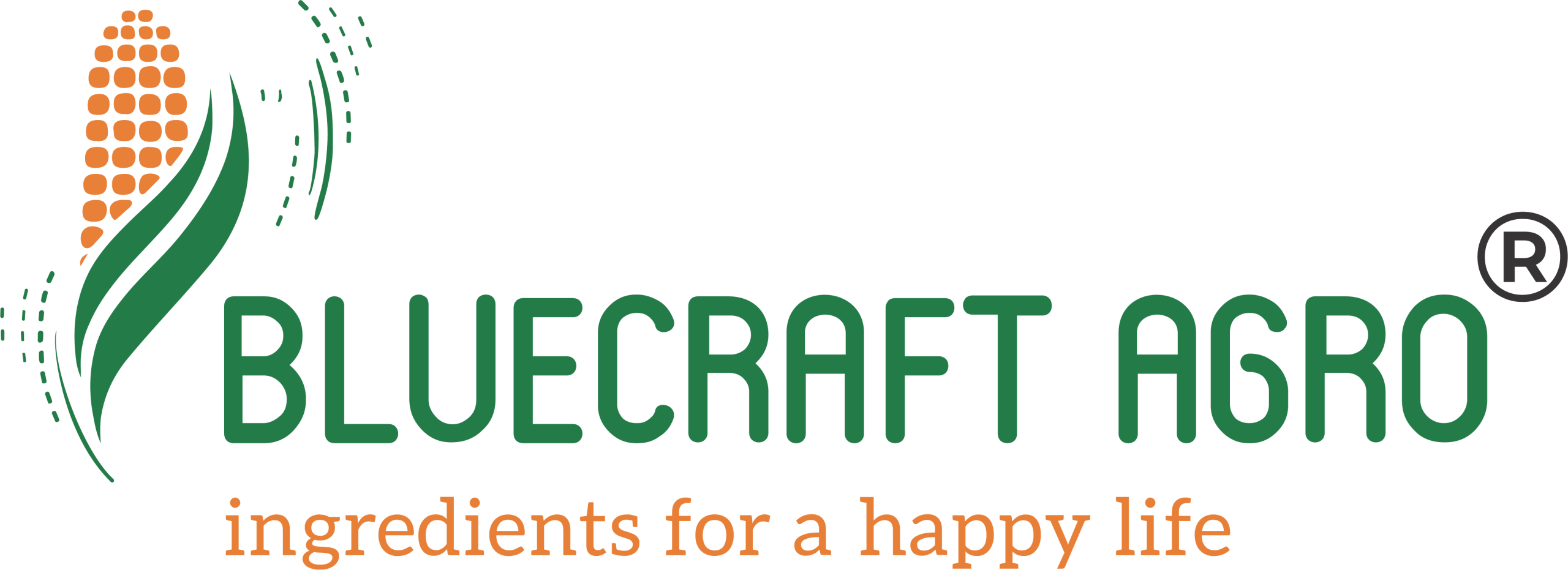Uses of Corn: Is unique – Everyone needs to read!

Corn, also known as maize, is a cereal grain that is used in a wide variety of products, including foods, beverages, animal feed and biofuels.
Besides being used to make cornflakes and popcorn, corn is found in lots of important foods.
1. Corn oil: This is one of the most common uses of corn, but it’s still important to note. Corn oil is extracted from the germ and endosperm of the kernel and can be used in a variety of ways. It can be used as an ingredient in salad dressings, mayonnaise, and fried foods like french fries.
2. Corn starch: This is a substance that is derived from corn during processing when the germ and endosperm are separated into flour or meal. The starch can then be further processed into other products such as corn syrup or dextrose.
Cornstarch –
is another form of corn that is used in many recipes because of its thickening properties. When mixed with water, it creates a paste that can be used as a thickener in sauces or soups, among other things. This makes it easier to cook meals without using flour (which contains gluten), which some people may have problems digesting due to allergies or sensitivity issues.
Gluten-free products are often made with cornstarch, making it easier for those who cannot eat gluten to enjoy their favourite foods. The same goes for gluten-free beer, which uses corn instead of barley and wheat.
3.Flour: Flour made from corn kernels can be used in cooking just like wheat flour. Masa harina is a flour made from ground corn that is used in making tortillas and tamales. It comes in several colours, including white (which is most common), yellow and blue/purple (used when making pupusas).
4. Liquid glucose: This product is made by hydrolyzing starch into glucose molecules and then condensing these into larger molecules that contain several glucose molecules. This process produces glucose syrup with a high sweetness level and low viscosity that is easy to handle.
5. Liquid Sorbitol 70% Solution: Liquid sorbitol is a sweetener derived from corn syrup. It is used in food products such as chewing gum, ice cream and toothpaste to replace sugar with a low-calorie alternative. an ingredient in laxatives, enemas and mouthwash. This process produces a liquid that is close to 70% sorbitol by weight. The resulting product is a clear, colourless solution with a sweet taste similar to sucrose (table sugar).

